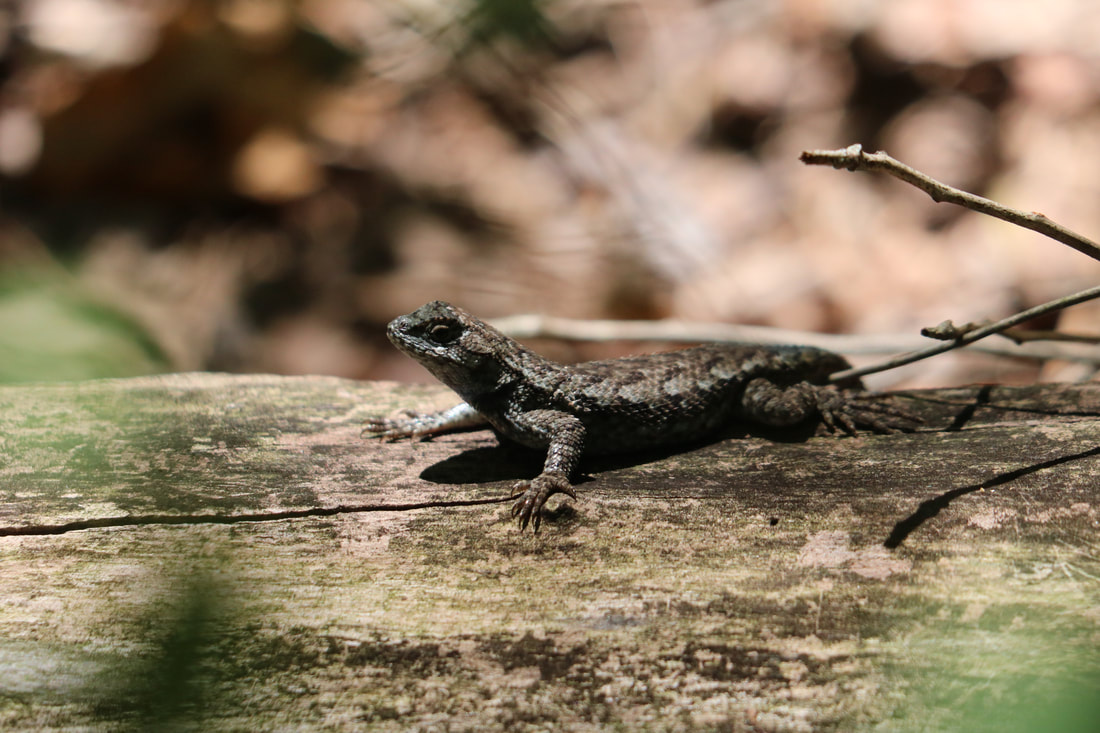The Egrets still perch in the trees along the shoreline and the dead snags drowned by the waters of Amnicola Marsh. I have heard that these birds are expanding their range. By being here, they are outside their normal range, according to maps in some of the bird guides, but the web site of the Cornell Laboratory of Ornithology https://www.allaboutbirds.org/guide/Great_Egret/overview shows them as migratory through this area and most of the United States South of Minnesota, and the Dakotas. It also has some great audio and video recordings of the birds.
They are shown as permanent residents in the West Indies, parts of Mexico and along the Gulf coast and along the Atlantic into North Carolina with nesting colonies in Virginia, Oklahoma, Arkansas and possibly West Tennessee. Migratory birds winter in the Gulf states and Mexico, with a year-round population on the West Coast of Mexico. Migration extends up through California with nesting grounds in the Pacific Northwest. Isolated nesting grounds are also present in the Lake States.
All of that said, it was a beautiful day to be on the marsh and enjoy these birds. I counted 19 of them as well as three of their close relatives, The Great Blue Herons. The Egrets took flight occasionally, spreading their white feathered wings in a lovely display. When one approached another too closely, each bird would spread its wings and raise the crest on the back of the head, an aggressive posture. The approaching bird usually gave way. Herons seemed to repel approaching Egrets more forcefully and were able to dislodge Egrets.
None of the birds displayed breeding plumage, and this area is not shown on any range map as a nesting ground. They are likely passing through on migration. The cold rainy spring may have kept them here longer than normal. Though I have seen them at the Brainerd Levee on occasion, I have only seen them here at Amnicola Marsh during the dry fall of 2016 when we experienced so many forest fires and the marsh was but a mud flat interrupted by narrow creeks. That year also brought a pair of Snowy Egrets and an immature Wood Stork, highly unusual for this location.
Amidst this viewing, I saw a Green Heron emerge from vegetation to the left of the first viewing area and fly across the pond. It landed among the brush on the far side. A Kingfisher landed on a branch nearby and gave its rattling call before proceeding across my view and landing far to my right.
The family of Canada Geese remains near the water. None of the five goslings have succumbed to the Egret’s beaks or the jaws of Snapping Turtles.
One Solitary Sandpiper appeared. According to one source, they nest in trees, unlike other sandpipers which nest on the ground. Another source says that they are brood parasites like cowbirds. I will have to research this further.

 RSS Feed
RSS Feed